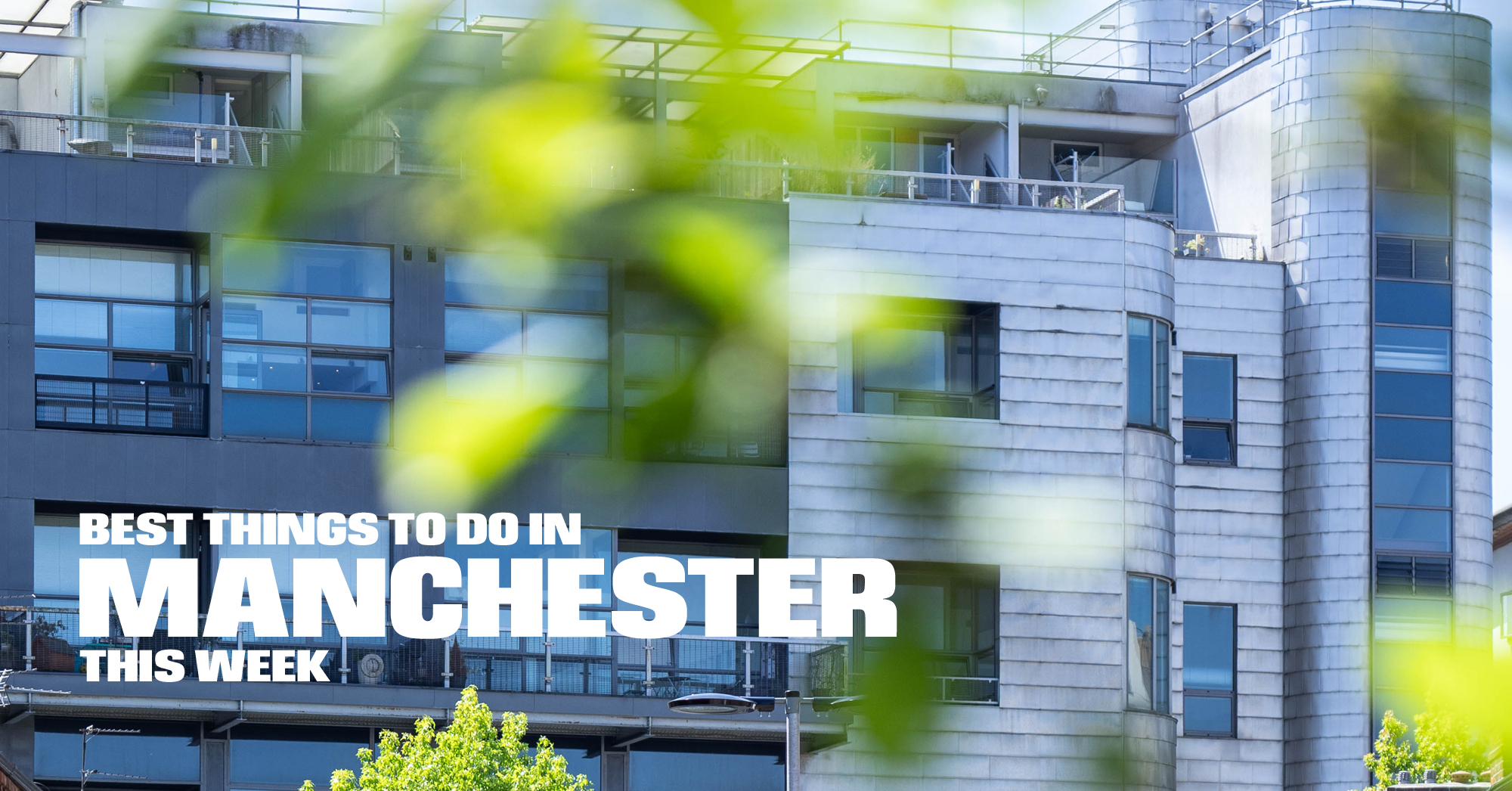
Okay, this one might be cheating slightly as it isn’t actually here yet, but there are big plans for a Mahatma Gandhi statue outside Manchester Cathedral.
A 9ft bronze statue of the political rights activist and leader has been proposed somewhere outside Manchester Cathedral and is set to be revealed in November 2019 – marking 100 years since his birth.

The statue was commissioned by Shrimad Rajchandra Mission Dharampur UK which is a religious charity with strong roots in selflessness and caring for others, who have been inspired by the people of Manchester for their strength, dignity and sense of togetherness in the face of calamity after the 2017 Manchester Arena Attack.
The project is supported by a whole host of other organisations including Manchester City Council, Manchester Cathedral (obviously) and the Manchester India Partnership to name but a few. It is a marvellous coming together of local business and religious and non-religious corporations which are often miles apart.

Putting the tragic Manchester Attack aside for the moment, the connection between Manchester and Gandhi is not a tentative link. Gandhi visited textile mills in Darwen just south of Blackburn in the 1930’s.
As part of his plight to release India from the grip of the British Empire, Gandhi was a forerunner in the boycotting of British products (known as the Swadeshi movement) which subsequently had a devastating effect on the cotton powerhouse of the world – Lancashire.
The Davies family, who were prominent socialists and Quakers, invited Gandhi to their mills in Darwen so he could see, first hand, the devastating effects of the boycott on Northern mill towns.

Trouble was expected, but Gandhi received a warm welcome from the locals. It must be said, that as intended, Gandhi took pity on the workers who were suffering as a result. However, sympathies did not lie with the cotton merchants and he found it difficult to compare what he saw in Darwen to the abject poverty in his country.
He once said to a group of old weavers when they tried to explain how bad things had become for them since the boycott: ‘My Dear, you don’t know what poverty is.’
After his visit, he stood up to his hosts, the workers and a gaggle of journalists and continued to fight for India’s autonomy and that he would continue to boycott British industry– particularly textiles until progress in India’s independence was made.

I don’t know about you – but that sounds pretty fair enough to me.
Of course, Gandhi was also a rather divisive figure, and still is today, with stories of his treatment of his wife and his views on people of colour and in particular, the plights of the people of Africa in the face of colonialism.
No city is without its controversial figures, indeed, the decision to place a statue of Churchill next to a statue of Gandhi in Westminster is something that many see as distasteful, insofar that the two men were actively fighting against each other their whole lives.
It wasn’t until 1947 when India finally gained its independence, and by that time, the textile industry in the place once dubbed ‘Cottonopolis’ was in steady decline. Gandhi died just five months later.
And so, in conclusion, the provenance of this proposed statue comes from many places. On one side, Gandhi stands as a symbol of solidarity, altruism and humanity that was present in Manchester in the wake of tragedy. On the other, perhaps it can stand as a respectful and honourable apology to our past differences.
